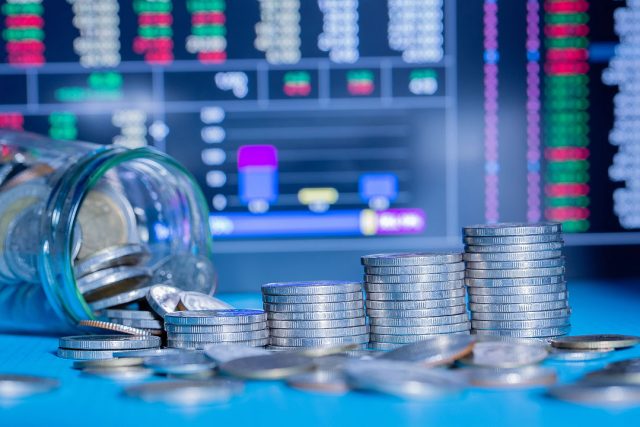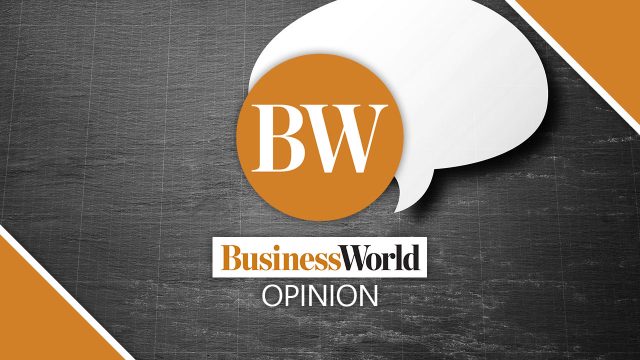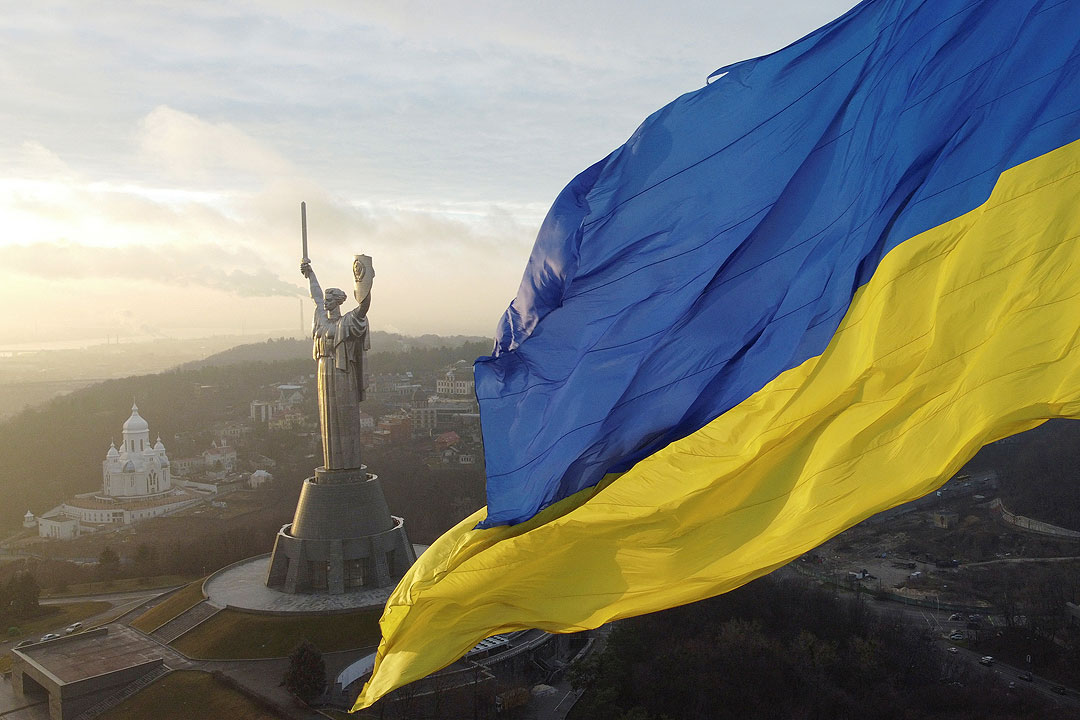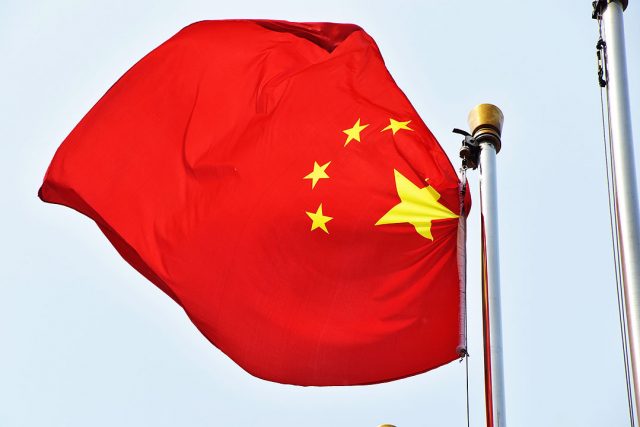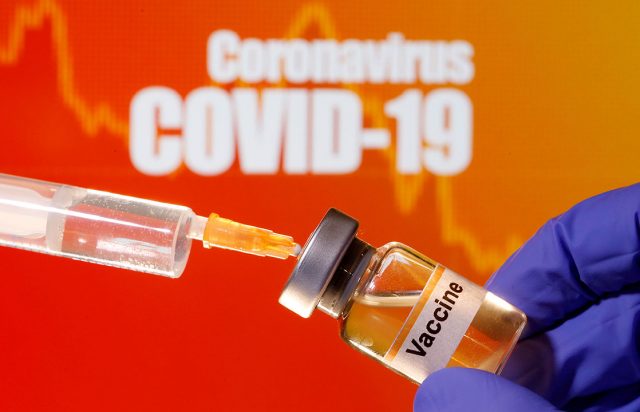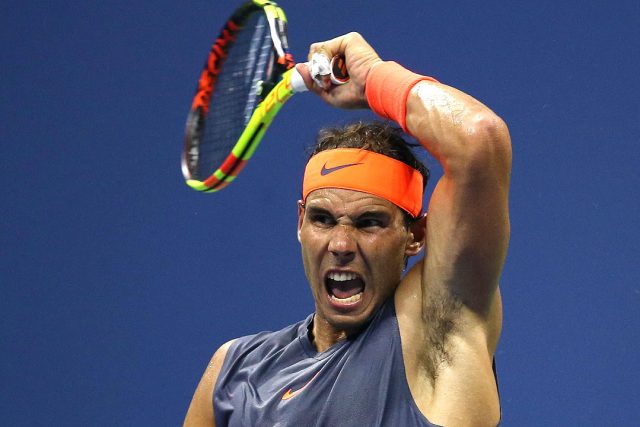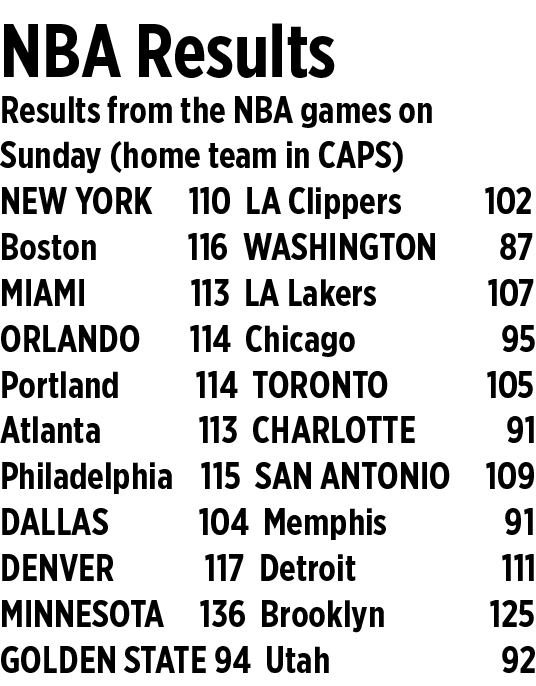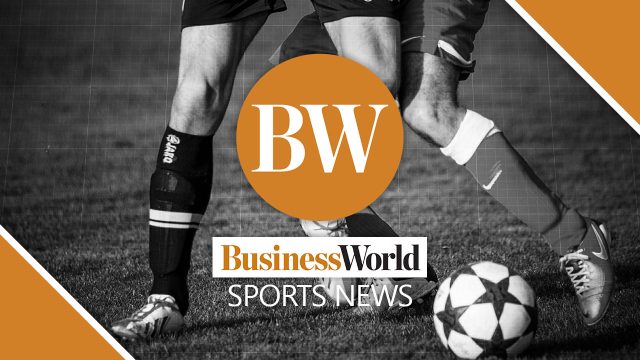You want a seat at the B-Suite?
Corporations, especially publicly listed corporations (PLCs), are constantly on the lookout for individuals who can be invited or recruited to become Board members. With the push towards good corporate governance, there is no question that having competent individuals sitting as Board members, more so if they are independent and external directors, can bring valuable experience and provide value to a company through its different growth stages. One of the first questions an aspiring or even current director may ask, “How can I claim a seat in the B-Suite of a company?”
To respond to this question, the Institute of Corporate Directors (ICD), as part of its Board Directorship Development Program, organized a webinar on this topic last November. I actually had the privilege of moderating the panel composed of Alex Genil, CEO of ZMG Ward Howell, who assists clients in selecting suitable candidates; Chiqui Escareal-Go, CEO of Mansmith & Fielders, who has a strong anthropology and sociology background; and Edwin Villanueva, an experienced director of several companies. Allow me to share some of my key takeaways from the discussions.
WHAT ARE COMPANIES LOOKING FOR IN DIRECTOR CANDIDATES?
Ideal directorship qualities involve a combination of good technical, personal, and social traits. Candidates, through their knowledge, expertise, and experience, are expected to add value to any Board that will invite them — and these can be in the form of unique talents and skills. Industry and functional experience is key. And in today’s environment, specific competencies, such as fintech, data analytics, digital transformation, IT security and cybersecurity, and organizational transformation, are now more in demand. Of course, aspiring directors should be equipped with such governance skills as compliance, risk, fraud, among others.
One’s network, connections, and influence are likewise important. Without disregarding the technical skills, there is some truth in the saying that “it’s not only what you know but also who you know.” Having a strong network will be valuable to the organization in accessing resources through the directors’ contacts, promoting the company and its interests, and enhancing its reputation. I must add a word of caution on being politically connected, as this can sometimes be a disadvantage. It is important to bear in mind that as a director, you are representing the company — and not yourself.
On personal traits, the candidate should demonstrate independent thinking or what I sometimes describe as “independent” directors who are ready to challenge management’s decisions and recommendations and are willing to ask the difficult questions that others may not ask — of course, always with respect. With the varied challenges that companies are facing today, creativity and “out of the box” thinking will be helpful in providing solutions to such challenges. Values, such as integrity, will play a critical role in the director’s decision making, such as in “conflict of interest” situations.
HOW DOES ONE ACQUIRE THESE DESIRABLE QUALITIES?
Here’s my advice:
• Aim for a Board directorship as part of your career plan.
• Assess your directorship qualities and identify any gaps you should address.
• Continue enhancing your skills and acquiring new skills, as these days, changes are happening at a faster speed.
• Make each job an opportunity to build your skills and expertise, supplemented by training.
• Build and expand your networks: business, professional, social, and civic — as these will be useful sources of referrals.
• Develop a unique personal brand, be it a competence, or an advocacy.
• Publish articles, speak on your expertise and advocacies, and engage in similar activities which will make you visible and “top of mind.”
HOW CAN I GET IN AND ‘TAKE A DIP’ IN THE TALENT/CANDIDATE POOL?
Certain situations, like trends and developments, have strongly influenced companies to seek candidates for their Board. In line with their long-term plans, and in anticipation of future gaps due to retirement, and possible changes in business models, some companies are crafting board succession plans to develop a pipeline of directors. With the increasing consciousness for board diversity — not only in gender, age, skills, as well as other dimensions of diversity — more and more, companies are considering candidates to improve their diversity metrices, coupled with the pressure from regulators, funders, and other stakeholders for sustainable corporate practices.
Assuming you have built your credentials, the next challenge is to land in the shortlist of potential candidates. Here are some practical tips for your consideration:
• Prepare and update your resume. You must highlight your key qualities and competencies, tailor-fitted to the company seeking candidates.
• Keep track of potential vacancies, especially for PLCs and industries, where regulators have set term limits for independent directors.
• Apply for director openings that you may become aware of.
• Tap the network you have built for referrals.
The road to success in claiming that seat at the B-Suite requires and entails a lot of work and preparation — but becoming a Director is just a part of the journey. Claiming that seat means that you also carry a tremendous responsibility to make a difference.
Keep all of these “tips” in mind, work hard, stay the course, and be a valuable and significant voice in that Board.
This article reflects the personal opinion of the author and does not reflect the official stand of the Management Association of the Philippines or MAP.
Ma. Aurora “Boots” D. Geotina-Garcia is a member of the MAP ESG Committee, and the MAP Diversity & Inclusion Committee. She is vice-chair and president of ICD and president of Mageo Consulting, Inc., a corporate advisory services firm.


